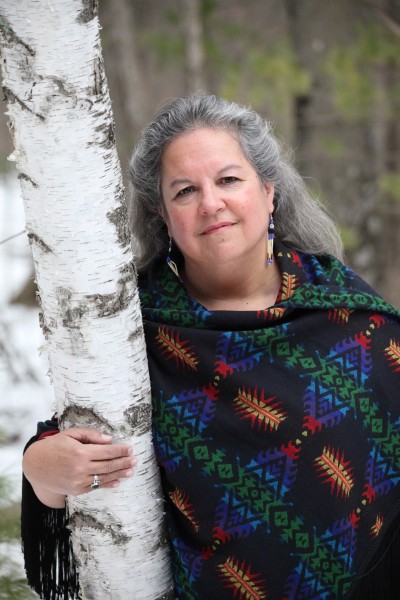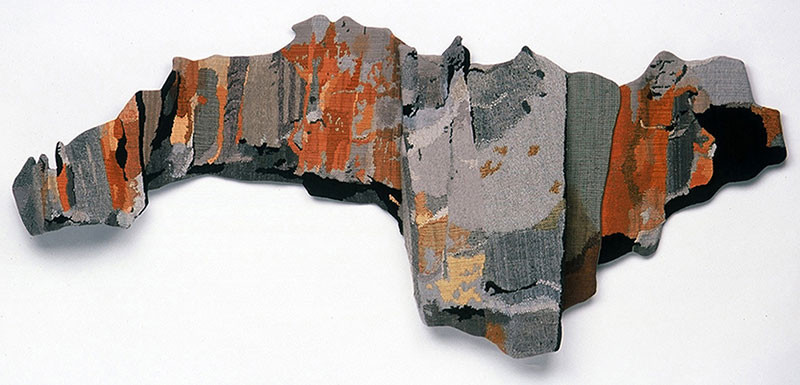Since its launch in 2008, the Geography of Hope Conference in Point Reyes has brought together writers, naturalists, artists, performers and local farmers to celebrate the intersection of literary arts and the environment. Inspiration for the weekend-long conference came from the late Wallace Stegner’s 1960 “Wilderness Letter” to the now-defunct Outdoor Recreation Resources Review Commission. In the letter, Stegner pleas to the Commission to preserve wilderness space, signing off with one of his trademark lines: “We simply need that wild country available to us, even if we never do more than drive to its edge and look in. For it can be a means of reassuring ourselves of our sanity as creatures, a part of the geography of hope.”
Now, some 55 years later, environmental issues continue to grow with urgency, requiring new systems of thinking. The “wild country” of which Stegner wrote is no longer needed simply to peer at from the edge — the planet is in dire need of help. The Geography of Hope conference, running March 13–15 and sponsored in part by Point Reyes Books, serves to address this need through in-depth dialogue. Each conference presents a unique angle through which to look at issues like climate change, water quality, environmental justice and more. This year, Bay Area authors Camille Dungy, Brenda Hillman and Rebecca Solnit are a few of the women tackling these issues.
The focus on women and the land arose from “the worldview of ‘land as machine’ and the extractive, consumption-driven economies that result from treating the natural world as nothing more than a collection of natural resources,” says Robin Wall Kimmerer, who co-chairs this year’s “Women and the Land” event with writer Kathleen Dean Moore. “[This has] brought us to the brink of environmental disaster, to climate catastrophe and the Sixth Extinction. It is well past time for another paradigm of relating to the Earth, the feminine perspective of relationship, of care-taking and reciprocity with the other beings with whom we share the planet. As life-givers, women carry the gifts and responsibilities for this transformation.”

An author, Professor of Environmental and Forest Biology and founder and Director of the Center for Native Peoples and the Environment at the SUNY, Kimmerer also brings her perspective as an indigenous person (she’s a member of the Citizen Band Potawatom) to her work with the conference.
“Traditional ecological knowledge, the ways of knowing of indigenous peoples who have learned from the land for millennia, is rich with philosophies and practices for sustainability. It includes Native Science as well as guidance on how we might reshape our relationships with the Earth,” she says. “The changes we need are not of more money, more technology; they are changes of heart.”


